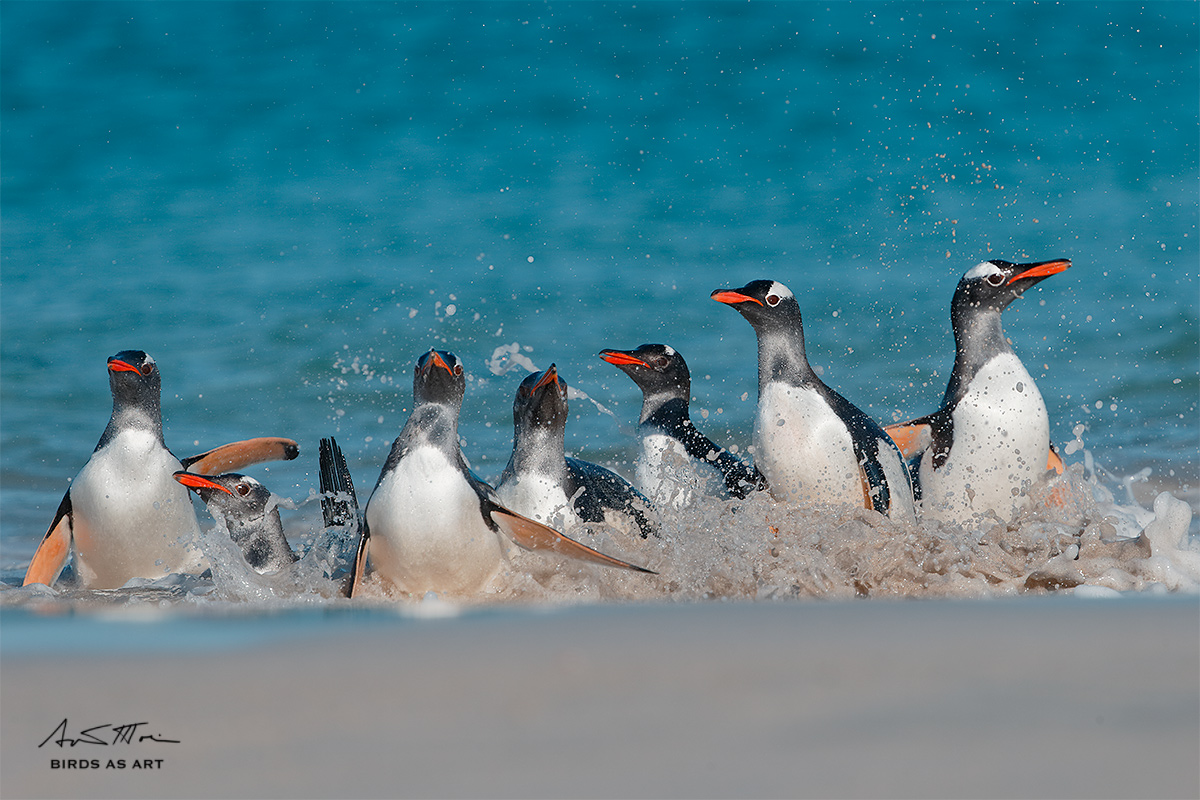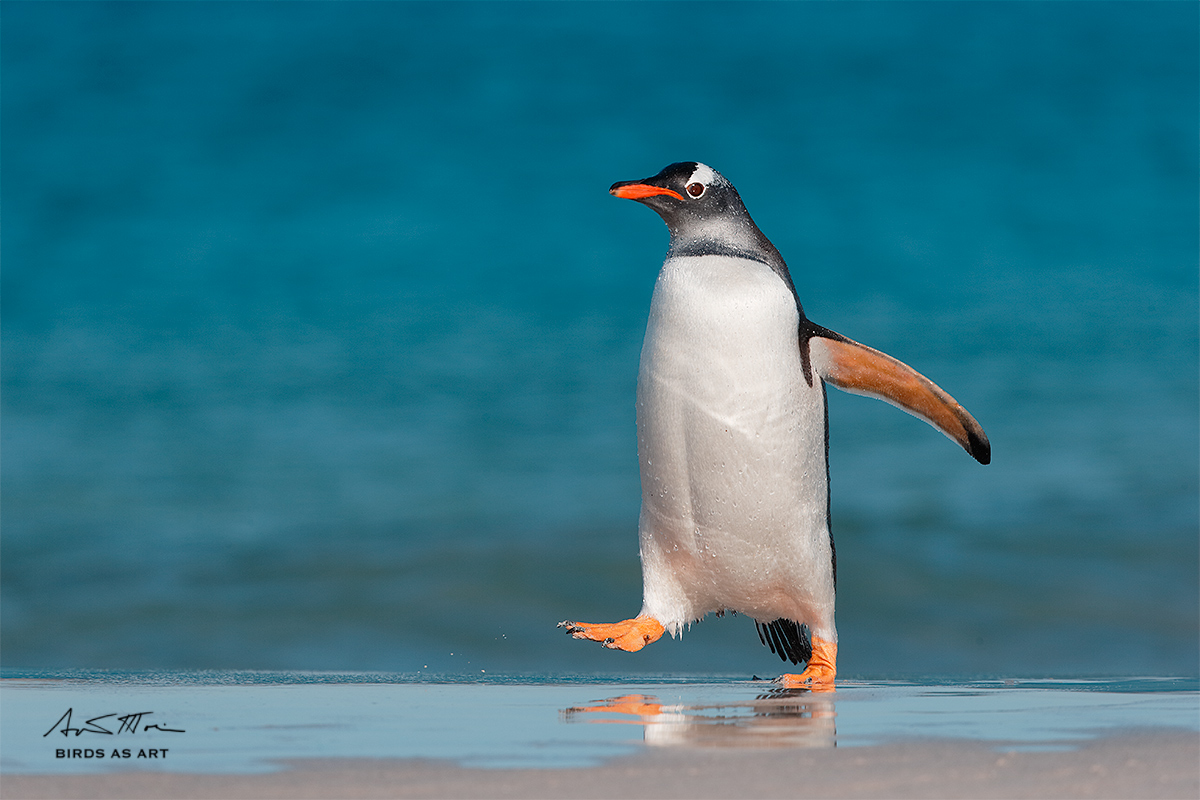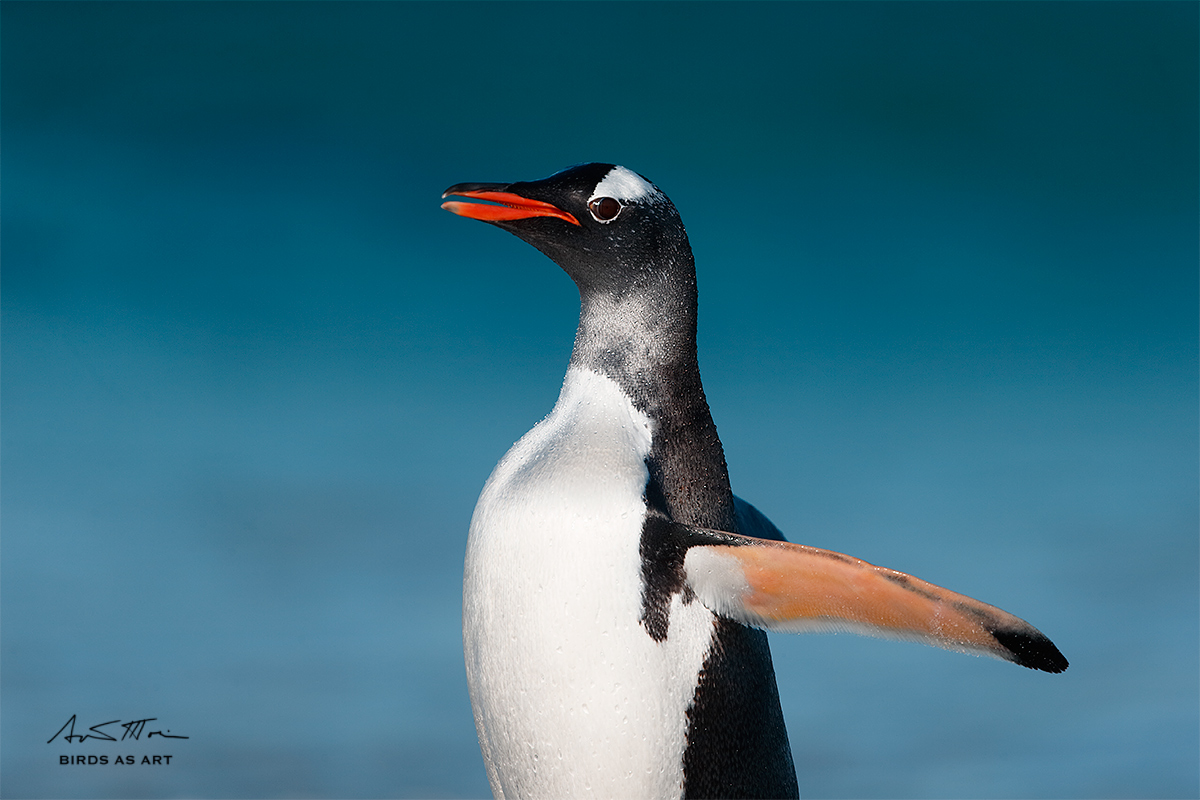The Credit Line Signature…
Several folk have recently asked about my new signature. The short answer is that I have long been remiss about protecting my images. The rest is a long story that I will pass on for now. Thanks to denise ippolito for helping me create my signature brush. I am not sure but she may have a tutorial on how to do it somewhere on her blog here.
Enjoy the Blog?
Do you enjoy reading the blog? Do you learn something on most visits? Are you all set as far as gear goes? If yes to all of those, please consider making a BAA Blog Thank You Donation by clicking here. And if you do need some new gear, please use my affiliate links, most especially, the B&H affiliate logo link just to the right of this text. Simply click and begin your search and shopping spree :). Note: web orders only. Also, there will be no indication that your purchases will be tracked to BAA. The tracking is invisible. That’s why we ask folks to send us their B&H receipts for major purchases via e-mail. Please remember: no phone orders…. Many thanks for considering these requests. a
ps: think that I am being too cheeky? I put in about 15 to 30 hours per week on the blog; it is my part time job 🙂
What’s Up?
I began work on this blog post somewhere in the Southern Ocean. As I finished it up on Thursday morning, my relapse-cold has gotten a bit worse with the addition of some nasal congestion 🙂 Once this is finished I will start packing. Tomorrow I fly to Bosque.
Bosque #2
With just two openings left, we are raising the later registration discount to $200. See yesterday’s blog post for details. Then call Jim or Jen in the office at 863-692-0906 tomorrow to register. Time is short. And so is life 🙂

Induro $50 Instant Rebate
The Induro $50 instant rebate will last only until the end of this year. Click on the logo-link above to save $50 on our favorite tripods. On our recent grueling trip to the Southern Ocean Denise loved her new GIT 304 and I love my new GIT 304L. Both performed flawlessly in the mud, snow and ice.
Induro GIT 404L Super Sale!
For a limited time only the Induro GIT 404L is being offered for the ridiculously low price of $370 (including the $50 instant rebate). The Induro GIT 404L is a 4-leg section Grand Series tripod. It is slightly bigger and one pound heavier than the GIT 304L; it is the perfect tripod for those using big glass who would like a bit more stability.

Gura Gear Backpack Blowout
I do not use a backpack. But many of my and denise’s clients who do have long raved about the Guru Gear backpacks. As have many professionals. These great photo backpacks are being phased out and will not be replaced in their present form. Take advantage of the huge price reductions on three popular models, the Bataflae 26L, the Bataflae 32L, and the Bataflae 18L, and enjoy a superbly high quality backpack that with its sturdy, high end zippers and durable fabric will serve you well for many years.
|
This image was created on Bleaker Island, on our first-ever land-based Falklands tour, with the Induro tripod/Mongoose M3.6 -mounted Canon EF 400mm f/4 DO IS II USM lens, the Canon Extender EF 1.4X III, and the rugged professional body, the Canon EOS-1D X. ISO 640. Evaluative metering at zero: 1/2500 sec. at f/7.1 in Manual mode. AWB WB. Center AF point/AI Servo Expand/Rear Focus AF as originally framed was active at the moment of exposure. Click here to see the latest version of the Rear Focus Tutorial. Click on the image to see a larger version. Image #1: Group of Gentoo Penguins emerging from surf |
Emerging Gentoo Penguins
Though it was the afternoon of our first full day both denise and I knew exactly where we needed to be. We sat in the soft sand and watched as hundreds of gentoos emerged from the surf after a few hours of foraging for krill (if foraging is the correct word….) We carefully went over the details of exposure and AF point selection with Billie and Brian Snell.
Depth-of-Field
As originally framed, the active AF point fell on the neck band of the third penguin from your right. This bird was back a bit from the others in the group. Why were all the bird’s rendered sharp at the relatively wide aperture of f/7.1?
|
This image was also created on Bleaker Island, on our first-ever land-based Falklands tour, with the Induro tripod/Mongoose M3.6 -mounted Canon EF 400mm f/4 DO IS II USM lens, the Canon Extender EF 1.4X III, and the rugged professional body, the Canon EOS-1D X. ISO 640. Evaluative metering at zero: 1/2500 sec. at f/7.1 in Manual mode. AWB WB. Center AF point/AI Servo Expand/Rear Focus AF as originally framed was active at the moment of exposure. Click here to see the latest version of the Rear Focus Tutorial. Click on the image to see a larger version. Image #2: Striding Gentoo Penguin emerging from surf |
AI Servo Compositional Tip: Leading the subject…
When you are using center AF point Expand or Surround AI Servo AF to track a subject and the bird is moving from one side of the frame to the other, you can often effectively move the bird back in the frame without having to manually move the active AF point by trying the following: acquire AF with the active AF point squarely on the subject (and preferably on a spot with sufficient contrast to allow AF to function efficiently); pan with the moving subject doing your best to match your panning rate with the speed of the subject; and finally, just as you anticipate the perfect image speed up your pan just a bit so that you are panning a bit faster than the subject is moving and release the shutter button just before the AF system begins to search for the background. At times one of the assist points may grab the edge of the subject while at other times no active AF point is on the subject at the moment of exposure.
The idea, as seen in the image immediately above, is to move the bird back just a bit in the frame so that you wind up with a more pleasing composition. As always, practice improves results.
|
This image too was created on Bleaker Island, on our first-ever land-based Falklands tour, with the Induro tripod/Mongoose M3.6 -mounted Canon EF 400mm f/4 DO IS II USM lens, the Canon Extender EF 1.4X III, and the rugged professional body, the Canon EOS-1D X. ISO 640. Evaluative metering at zero: 1/2500 sec. at f/6.3 in Manual mode. AWB WB. Center AF point/AI Servo Expand/Rear Focus AF as originally framed was active at the moment of exposure. Click here to see the latest version of the Rear Focus Tutorial. Click on the image to see a larger version. Image #3: Tight image of flapping Gentoo Penguin emerging from surf |
Worth a Try…
At times, the gentoos would walk by right in front of us on their way bak to the colony–right down sun angle–with a nice blue ocean background. In this situation, I tried getting some images of the upper half of their body with the wings raised. In this image, I succeeded to some degree.
Could have been better…
What was the only thing about Image #3 that disappointed me?
Why Not?
Why would Image #3 not have worked as a vertical?
Working a Situation
Note that all three of today’s featured images were of Gentoo Penguins, were made in similar lighting conditions, and were made with the same focal length: 560mm. Yet each image is distinctly different. In fact, one might say that the only thing similar about the three is the subject.
Zoom lenses are often a great help when it comes to working a subject or a situation, but the same can me done with a fixed focal length by working birds at different distances or by changing your position–the latter know as human zoomin’. Many times when we are teaching we will ask to see a student’s images on their rear LCD. We are always amazed when folks show us a single image of this flower or a single image or that bird… When you are in a great place (or in your backyard as well) resist the urge to take one image of a given subject and think, “I got it.” Learn to work a situation, to work the subject. Explore different distances and different perspectives. And be sure to make lots of images.
Be sure to like and follow BAA on Facebook by clicking on the logo link upper right. Tanks a stack!


Support the BAA Blog. Support the BAA Bulletins: Shop B&H here!
We want and need to keep providing you with the latest free information, photography and Photoshop lessons, and all manner of related information. Show your appreciation by making your purchases immediately after clicking on any of our B&H or Amazon Affiliate links in this blog post. Remember, B&H ain’t just photography!
Amazon.com
Those who prefer to support BAA by shopping with Amazon may click on the logo-link immediately above.
Amazon Canada
Many kind folks from north of the border, eh, have e-mailed stating that they would love to help us out by using one of our affiliate links but that living in Canada and doing so presents numerous problems. Now, they can help us out by using our Amazon Canada affiliate link by starting their searches by clicking here. Many thanks to those who have written.
Typos
In all blog posts and Bulletins, feel free to e-mail or to leave a comment regarding any typos or errors. Just be right :).

















Hi Artie,
Love those first two images, the group one is exquisite!
The bright orange beaks against the turquoise sea, the combination of head angles and poses (caught at the height of action) combined with the frozen droplets of surf and the out of focus pristine sand make for a heady combination. 🙂
If you had rented some stunt penguins and hired a private beach for a shoot I don’t think you could have done any better!! 😉
Regards from the UK,
Julian.
Hi, Artie. I love the way you get the whites so perfectly exposed; that is almost a signature in itself for your photographs. 🙂 You didn’t ask this but image #2 is my favorite. The little bit of the bird’s tail showing is a perfect addition and I just love everything about the image..
The Striding Gentoo Penguin photo really put a smile on my face. I like it when that happens 🙂 And your signature turned out great!
Why were all the bird’s rendered sharp at the relatively wide aperture of f/7.1?
To have that many birds in the frame, you must have been a long distance from them. So the farther away the more DOF.
What was the only thing about Image #3 that disappointed me?
Would you have liked just a bit more head angle to get the tip of the bill sharper?
Why would Image #3 not have worked as a vertical?
If you kept the whole wing, the bill would hit the left side of the frame. Or a possible alternative might have been vertical showing the whole body? In that case maybe the bill would be far enough from the left frame?
There’s something about penguins that make them seem to always be having a good time!
Is that the start of a nicitating membrane on 3? Would that be what you don’t like? Though I would have thought if it were that then you would have done some eye doctor tricks.
As shown no. 3 would be too wide for a vertical, it would work with the whole bird though. But I guess with a flipper back you’d need a lot of space on the left to balance it leaving the bird relatively small in frame.